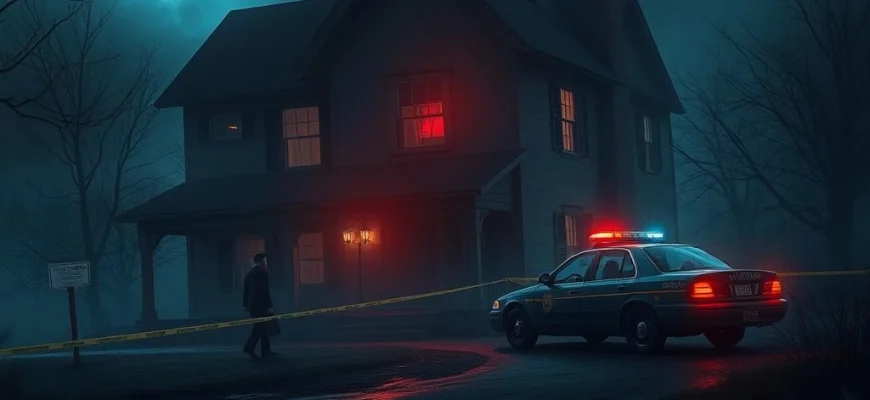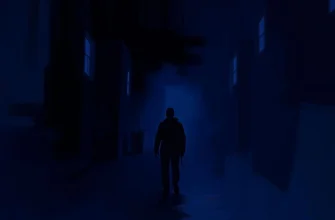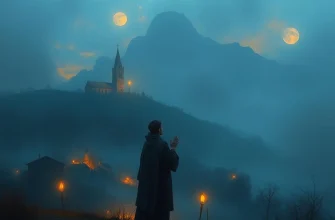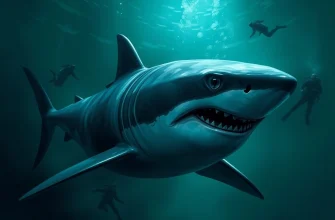Si vous avez été captivé par le film 'L'Étrangleur de la Place Rillington' (1971), cette sélection de 10 films et séries similaires vous ravira. Plongez dans des histoires sombres, inspirées de faits réels, où le suspense et le drame psychologique sont maîtres. Découvrez des œuvres qui, comme ce classique, explorent les méandres de l'esprit humain et les crimes les plus troublants.
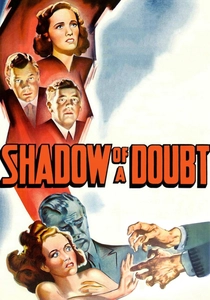
Shadow of a Doubt (1943)
Description: A psychological thriller that explores the dark underbelly of small-town America, with themes of suspicion and hidden evil. The film's tight script and mounting tension make it a classic of suspense cinema.
Fait: The director often cited this as his personal favorite among his own films, praising its blend of humor and horror.
 Regarder
Regarder
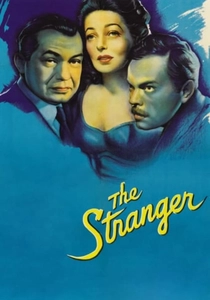
The Stranger (1946)
Description: A tense noir about a war criminal hiding in plain sight, with themes of deception and moral ambiguity. The film's suspenseful plot and shadowy visuals create a palpable sense of paranoia.
Fait: This was one of the first Hollywood films to use documentary footage of Nazi concentration camps, adding to its grim realism.
 Regarder
Regarder
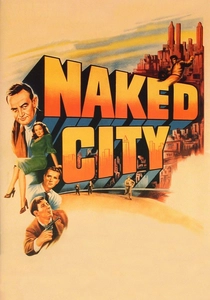
The Naked City (1948)
Description: A pioneering police procedural shot on location in New York City, blending realism with noir storytelling. The film's gritty depiction of crime and its documentary-style approach set a benchmark for future crime dramas.
Fait: The film's famous closing line, 'There are eight million stories in the naked city,' became a cultural catchphrase.
 Regarder
Regarder
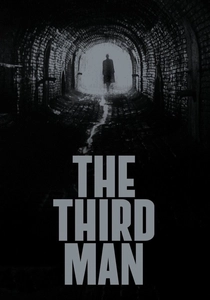
The Third Man (1949)
Description: A masterful noir set in post-war Vienna, filled with intrigue, betrayal, and moral complexity. The film's iconic visuals and zither score create an unforgettable atmosphere of suspense and melancholy.
Fait: The film's famous Ferris wheel scene was shot in a single take, adding to its dramatic intensity.
 Regarder
Regarder
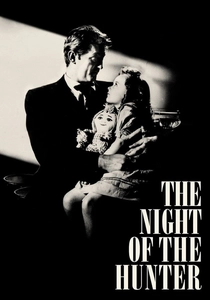
The Night of the Hunter (1955)
Description: A visually striking thriller that combines gothic horror with a fairy-tale-like narrative. The film's exploration of good versus evil and its haunting imagery make it a timeless piece of cinematic art.
Fait: This was the only film directed by the acclaimed actor, who never directed another movie despite its later cult status.
 Regarder
Regarder
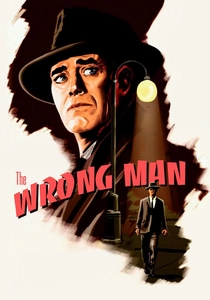
The Wrong Man (1956)
Description: A harrowing true story of mistaken identity and the flaws in the justice system. The film's stark black-and-white cinematography and relentless tension highlight the protagonist's nightmarish ordeal.
Fait: This was one of the few films by the director to be based entirely on a true story, adding to its emotional weight.
 Regarder
Regarder
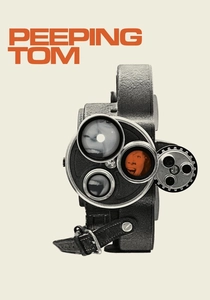
Peeping Tom (1960)
Description: A disturbing exploration of voyeurism and murder, blending psychological horror with a critique of cinematic spectatorship. The film's unsettling tone and innovative use of point-of-view shots create a deeply immersive experience.
Fait: Upon its initial release, the film was heavily criticized and virtually banned, only to be reevaluated as a masterpiece years later.
 Regarder
Regarder

In Cold Blood (1967)
Description: A stark and haunting portrayal of a brutal murder case, blending documentary realism with noir aesthetics. The film's unflinching look at crime and its psychological impact creates a gripping, unsettling atmosphere.
Fait: The movie was shot on location in the actual house where the murders took place, adding to its eerie authenticity.
 Regarder
Regarder
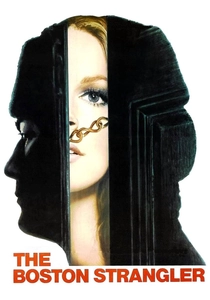
The Boston Strangler (1968)
Description: A chilling crime drama based on real-life events, focusing on the investigation of a serial killer. The film's documentary-style approach and psychological depth mirror the tension and realism of true crime narratives.
Fait: The film was one of the first to use split-screen techniques to depict simultaneous events, enhancing its suspenseful storytelling.
 Regarder
Regarder
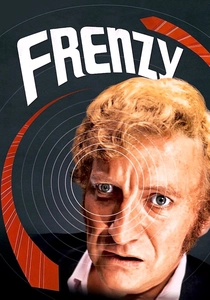
Frenzy (1972)
Description: A gripping thriller that delves into the mind of a serial killer, with a focus on suspense and psychological tension. The film's dark humor and meticulous pacing heighten the sense of dread and unpredictability.
Fait: This was the first film by the director to receive an 'R' rating in the United States, due to its graphic content.
 Regarder
Regarder

